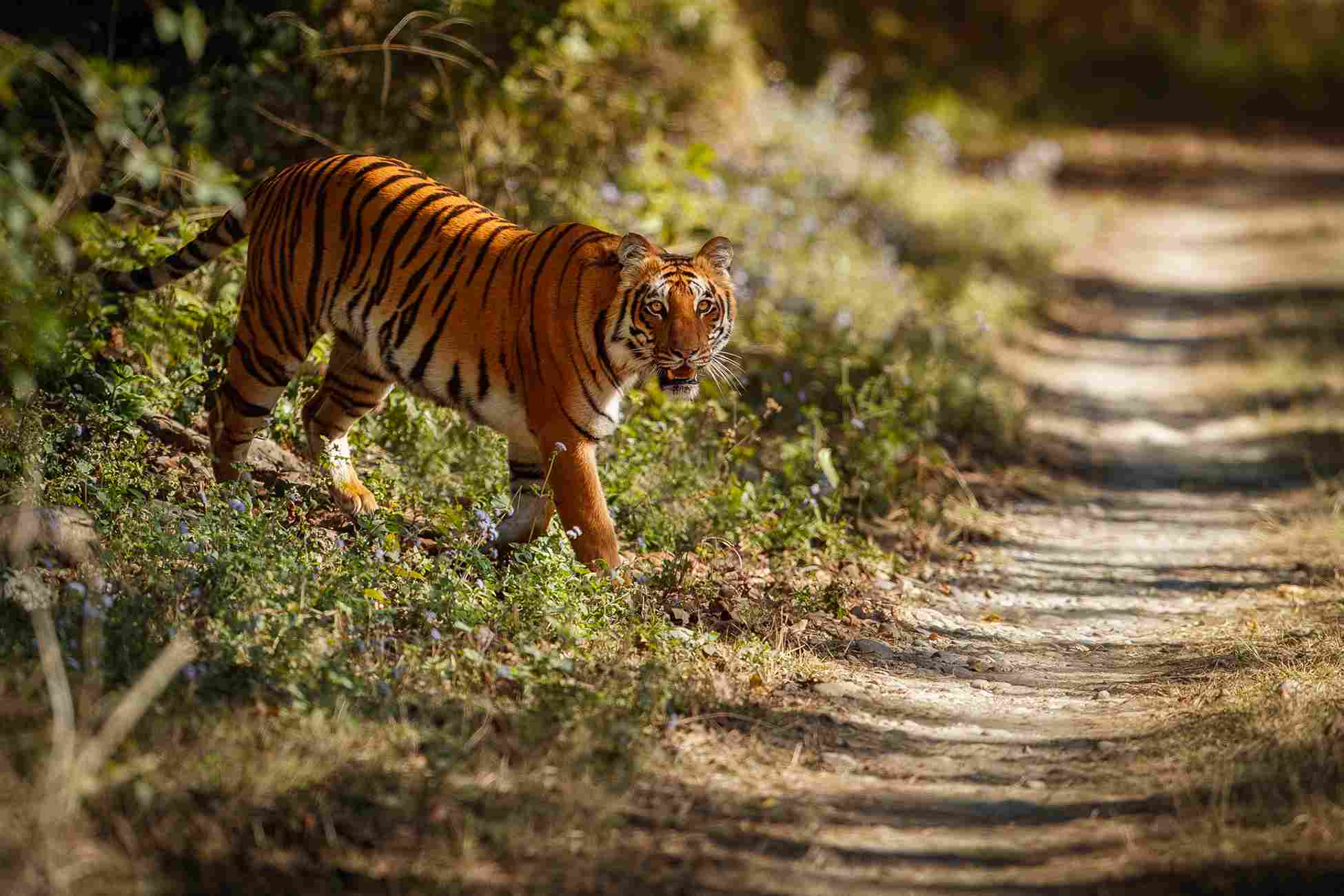The Adventure Tourism Development Index (ATDI) 2020 has pushed India’s ranking even lower than what it was in 2018, under the developing country index. Tejbir Singh Anand, VP, ATOAI; Founder & MD, Holiday Moods Adventures; Founding Member, FAITH and an adventure travel strategic advisor, speaks…
Adventure Travel Trade Association (ATTA) and George Washington University International Institute of Tourism Studies conduct this ranking across 191 countries and 10 pillars. Few observations that are glaring in the face are our ‘Safety Pillar’, which has been a burning issue always and this is where we lose out completely. But what surprises is that in the ‘Cultural Pillar’, we are far behind Bhutan and Nepal, which seems so untrue as in India we take great pride in being a culturally rich country.
Adventure travellers value the opportunity to interact with local culture in a meaningful way. India needs to encourage local people to preserve their culture knowing well that modern influences continue to make inroads and challenge the native cultures and customs.
We are way behind trailing in the ‘Adventure Activity Resource Pillar’, hence, we need to extend more support towards our endangered species, and also keep our large percentage of forests, grasslands and drylands intact. Under the ‘Health Pillar’, this comes as no surprise that India is at the bottom end after gauging the level of healthcare available in a country. Availability of good healthcare is very important to not only adventure, but any traveller. We are almost last in this heat lap of ‘Sustainable Development Pillar’.
What Indian adventure tourism needs is committed government policies that support and foster sustainable and rural tourism development. It is crucial to develop adventure tourism market competitiveness so as to safeguard India’s natural heritage and offer an encouraging investment environment for the private sector.
The private sector can only flourish, and destinations attract investment and development to a region, when public and private sector actions go hand in hand. The backbone of any adventure industry are the small businesses and their passionate entrepreneurs.
But, there are also few happy scores. In the ‘Image Pillar’, India is at a high position although behind our neighbour Nepal. Our learning’s are clear that we can easily scale this up and attract the attention of the world to India. Under the ‘Tourism Infrastructure Pillar’, adventure travellers are less sensitive to deficiencies in tourism infrastructure, but are definitely more sensitive to soft infrastructure such as trail maps, accessible information on heritage and culture, ground operators and outfitters, training programmes for adventure tourism providers such as guides, interpreters, and eco-lodges, and India is not doing too bad in this. The ‘Humanitarian Pillar’ links adventure travellers to authentic, immersive and engaging native experiences. India is decently high up and better than our neighbours Nepal and Bhutan. ‘The Entrepreneurship Pillar’ comprises economic freedom, and India is somewhere in the middle, which is a low hanging fruit that can be easily harnessed.
Perhaps, by slipping down 10 positions, as a silver lining in the cloud, it is also an opportunity to look more inwards, exploring the sustainability dimension of adventure tourism competitiveness in India. It can help India understand our adventure tourism competitiveness as well as specific strengths and weaknesses. It can push our policymakers to develop better plans and strategies, align and collaborate more closely with partners and stakeholders in both the public and private sector.
Top 5 countries in South Asia
| Rank | 2018 | 2020 |
| 1 | Bhutan | Bhutan |
| 2 | Nepal | Nepal |
| 3 | India | Maldives |
| 4 | Sri Lanka | India |
| 5 | Maldives | SriLanka |
 TravTalk India Online Magazine
TravTalk India Online Magazine





